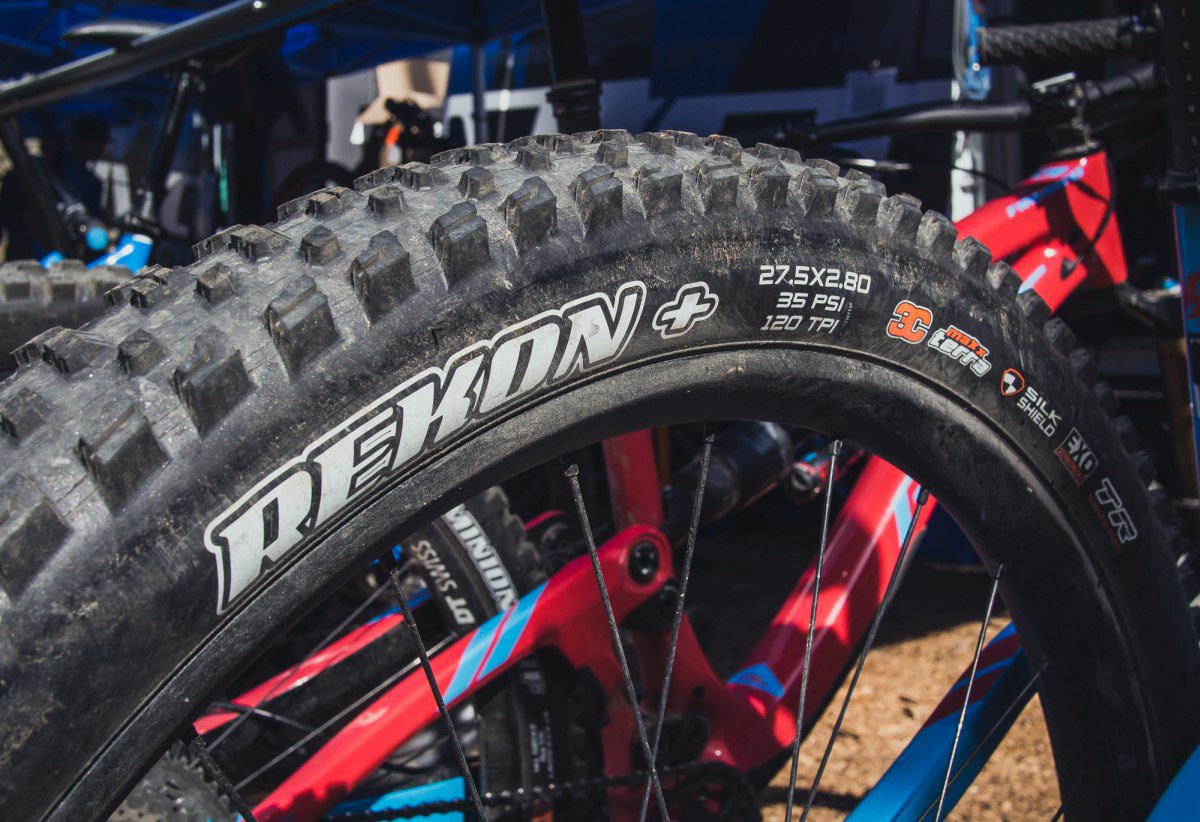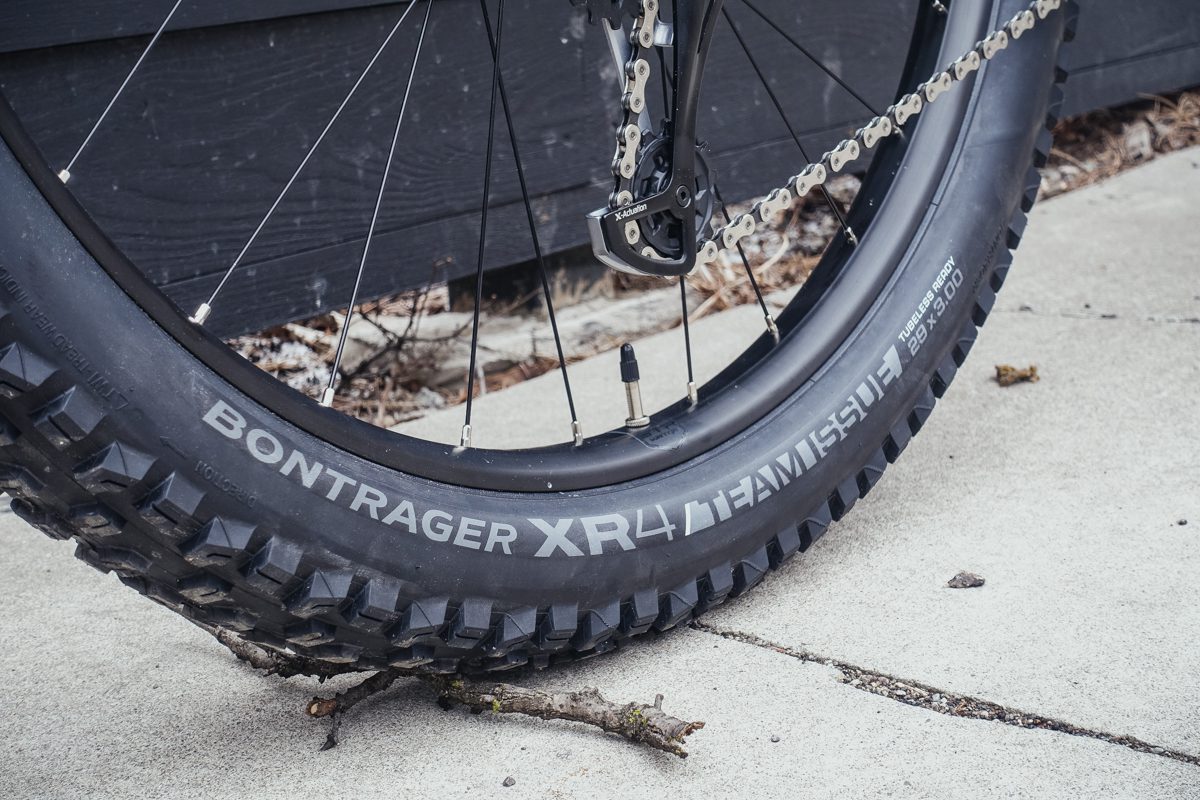When should I ride plus tires?
The fad has faded but the middle size tires remains useful

Plus tires came roaring out of the gates as the latest and greatest fad, but that was a few years ago now. While the mid-size tire may no longer be front and centre on everyone’s Instagram feed, and some have proclaimed the ‘tweener tire standards demise, they’ve stuck around with a dogged tenacity. Why? Because in certain situations, they make riding easier and more fun.
After the wave of fat tire fandom faded, the really high volume, full-fat tires retreated to wintery climates and niche sand riding locations. Plus tires were introduced as an answer to riders who wanted the benefits of high-volume tires, but without the need for a dedicated frame for going full-fat. Plus tires could already work with many frames and existing rims. Where full fat require a dedicated frame, plus bike still looks more like a mountain bike than a beach cruiser or monster truck.
Why run plus tires? Here’s a few situations where the added volume can up your fun-factor on the trail, and a couple limitations to the ‘tweener tires.
More traction
Almost any surface where traction is at a premium, plus tires will help you hook up with less effort. Wet roots and slick rocks, loose surfaces, steep climbs, a plus tire’s larger volume will give you a larger contact patch to grab traction on sketchy surfaces. The extra volume lets you run lower pressures for more grip without worrying about dinging your rim on rocks or pinch flatting. Plus tires usually have lighter tire casings as well, which will conform to roots and rocks, instead of sliding off or spinning out.

Maybe not mud
The counterpoint to the above is that plus tires are not ideal in soupy, muddy conditions. Cyclocross bikes run narrow tires in the mud for a reason. The skinny tires slice through the mud to find traction deep in the muck. Plus tires do the opposite. The extra volume continues to provide flotation instead of digging in and you’ll find yourself doing a slow speed version of hydroplaning instead of turning. The only solution is to get into a full tractor-tire-style tread, like Maxxis’ Minion 3.0”, which adds a significant weight penalty.
Not-so-hardtails
Dual suspension mountain bikes have come down in price, but they are still more expensive than a hardtail. There are other advantages to hardtails too, like fitting frame bags better, pedalling efficiency and simplicity. Adding plus tires can smooth out small bumps and add a little bit of suspension. It’s not suspension you can tune, beyond changing tire pressure.

Bikepacking
One area where plus tires have really gained traction is in the bike packing community. The big tires have all sorts of advantages when heading way off the beaten path. Hardtails are still easier to load up with frame bags than full suspension bikes and plus tires add a little more cushion for fully loaded rigs. Even on full suspension bikepacking rigs, the extra cushion will keep you comfortable for miles. And miles. And more miles. As riders get more comfortable off the grid, they’re demanding more capable bikepacking rigs, as well. This sub-set of mountain biking is where 29-plus’ combination of volume and roll-over resistance has really found its niche.
More volume, more power
One area where plus tires are gaining ground is in the growing eMTB market. The extra traction makes sure all that extra power goes into propelling you up a loose climb, instead of just spinning your wheels. Extra volume helps provide a little extra squish for the weightier bikes, even on full suspension eMTB’s. And, with the battery helping you save your own energy, the extra weight of more aggressive plus tires isn’t as big a factor.


